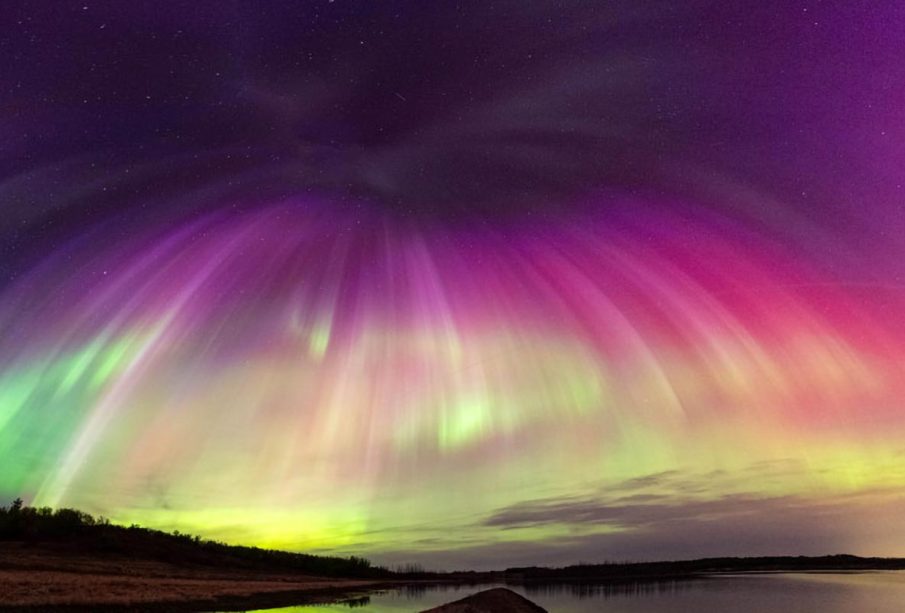Understanding Aurora Borealis and Current Geomagnetic Storms

Introduction
The aurora borealis, commonly known as the Northern Lights, is a stunning natural light display predominantly seen in high-latitude regions around the Arctic. Recently, geomagnetic storms have increased the visibility of these captivating lights. The geomagnetic storms, driven by solar wind patterns, have garnered attention due to their effect on both nature and technology, highlighting the intricate relationship between solar activity and Earth’s atmosphere.
What Are Geomagnetic Storms?
Geomagnetic storms occur when solar winds – streams of charged particles emitted by the sun – interact with the Earth’s magnetic field. When these particles collide with the gases in the Earth’s atmosphere, they excite the gas molecules, resulting in spectacular light shows known as the auroras. Aside from their aesthetic appeal, geomagnetic storms can also impact satellite operations, navigation systems, and even power grids, leading to widespread interest in monitoring solar activity.
Current Events and Effects
In recent weeks, scientists have reported a significant spike in geomagnetic activity, largely attributed to a series of coronal mass ejections (CMEs) emanating from the sun. These CMEs have caused heightened auroral displays across various regions, including parts of Canada, the northern United States, and even as far south as the Midwest. For example, on October 10, 2023, Alberta experienced one of the most vibrant auroral displays in recent memory, with residents taking to the outdoors to experience the breathtaking colors firsthand. This surge in geomagnetic activity aligns with the 11-year solar cycle, anticipating further geomagnetic storms in the near future.
Conclusion
The ongoing solar dynamics underscore the relevance of understanding geomagnetic storms, particularly for enthusiasts of the aurora borealis. As scientists continue to monitor solar activity, forecasts suggest that the northern lights will remain vibrant through the fall of 2023. This not only provides a chance for individuals to witness one of nature’s most incredible phenomena but also emphasizes the need for preparedness against possible technological disruptions caused by these storms. Keeping an eye on geomagnetic forecasts can enhance opportunities for witnessing the auroras while ensuring safety from potential impacts on various technologies.









